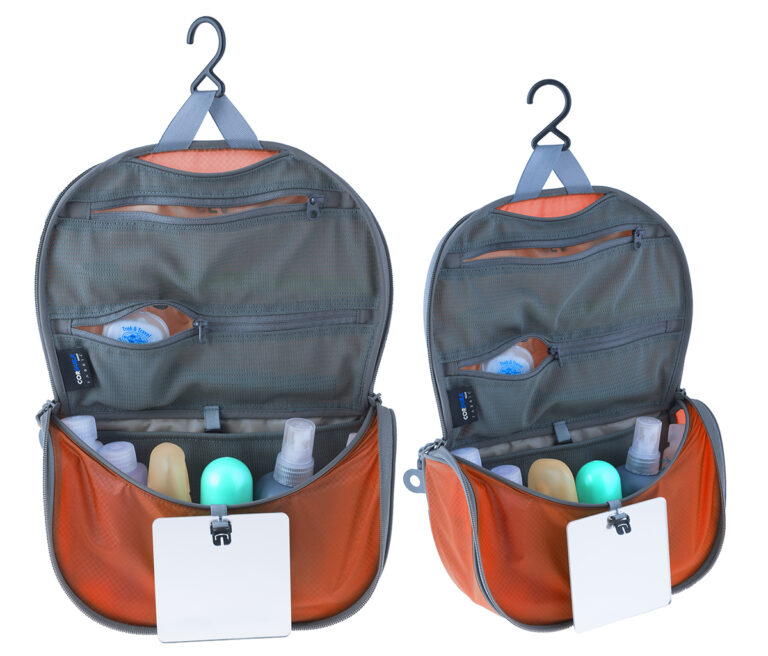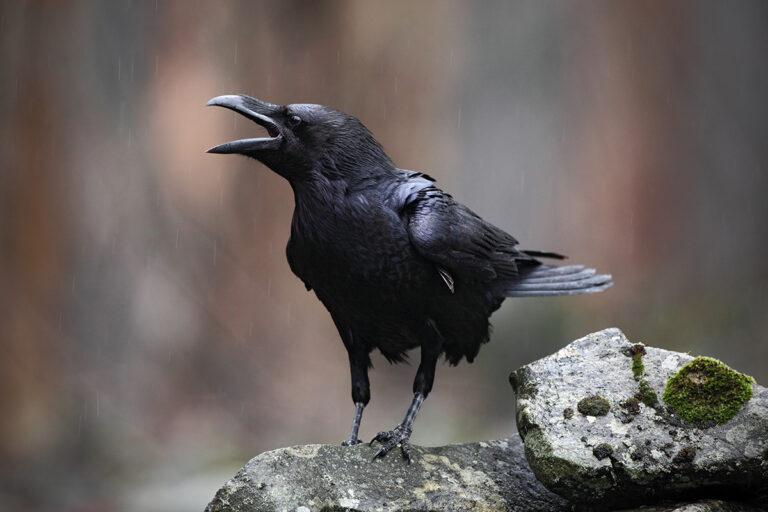OTM wanted to get opinions on the proposed Mt. Spokane expansion, so we asked the former county commissioner John Roskelley if we could reprint a few emails he sent out detailing his position. We hope to publish a response from someone who supports the expansion. Please send us your comments on this important issue. Here are Roskelley’s emails:
“Fellow Environmentalists, Conservationists and Skiers (which most of us are):
I have been involved in the effort to prevent Mt. Spokane 2000 from expanding into the PASEA (north side) since the beginning. The issue has unfortunately pitted the environmental community, many of whom ski, against the non-profit Mt. Spokane 2000 group, skiers community-wide, and a variety of user groups. The Mt. Spokane 2000 group believes additional ski terrain will solve their financial woes. It won’t. The expense of expansion is in the millions, money they don’t have. The ski area is drawing from a finite quantity of skiers, who have the choice of skiing at four other quality facilities within a one to two hour drive. Mt. Spokane needs to upgrade their present facility, not expand. The area needs a new lodge, upgraded and newer chairs, replacement of failing septic systems, major renovation of its parking and storm water control, and a variety of improvements to other facilities. What Mt. Spokane needs to bring in additional skiers is a quality experience, not quantity.
The PASEA expansion area is planned in the alpine zone found only in Spokane County on Mt. Spokane. The upper mountain vegetation and timber canopy functions as a “holding tank” to supply water to the Little Spokane River watershed. This is an area that attracts and maintains a variety of wildlife, insects and birds throughout the year. To remove over 200 acres minimum of timber and vegetation on the north side of the mountain at this altitude for maybe, just maybe, four months of skiing is a tragedy. The area is far more valuable 365 days a year for wildlife habitat, water resource, hiking, birding, horseback riding, mountain biking and other non-intrusive activities. And, even now, the area can be skied without putting in the damaging runs and infrastructure.
Most of us are skiers. We are also environmentalists. We can ski anywhere and enjoy the day, even on Mt. Spokane right now. The environment, once tampered with, will never be the same. Alpine environment does not repair itself easily or quickly. If we’re truly environmentalists, then we will think of the future, not just the next ski trip.
I am including a recent e-mail I sent to Rex Derr, State Parks Director. The proponents of the ski area expansion have hired one of the best lobbyists in Washington to turn up the heat on the legislators and Governor’s Office to get this expansion approved. Without your help, Mt.Spokane in the future will be called Mt. Baldy.”
John Roskelley
Text of Roskelley’s email referred to above:
“Bill:
I just finished reading the Facilities and Concessionaire Master Plan documents for the Mt. Spokane Master Plan. In my view, the potential for irreplaceable and irreparable harm to an intact eco-system is unfolding before us. It seems like a run-away train. The State Parks Commission is being fed expectations of future recreational grandeur, as if the concessionaire’s facts are written in stone, rather than pulled from the clouds.
In regards just to the PASEA, Mt. Spokane 2000 obviously changed their original proposal from using 400 acres of just the PASEA to over 800 acres of the backside; instead of one new chairlift, they added two; rather than just ski runs in the PASEA, they also want a build a new lodge in the PASEA as well; not satisfied with clear-cutting over 200 acres for trails, they intend to “thin” the remaining forest stands in the PASEA for “off-piste” skiing. The Commission opened the door a crack to their proposal – and they flung it open.
It’s hard to imagine anyone is listening out there to the deafening silence of this “unique forest ecosystem” (Dept. of F&W). There’s too much noise from too many skiers clamoring for another run; too many important “civic” leaders demanding accountability; too many user groups demanding their piece of turf; too many legislators already lobbied and convinced open space and wilderness is a wasted resource. It’s a shame our leaders and decision makers continue to make the same mistakes with our natural resources year after year and fail to understand the long-term consequences to society and the environment as a whole.
It’s important to ask questions and note the following: (1) The concessionaire has failed to even meet expenses some years. Where is the concessionaires financial plan to back up their capital facilities plan? Where are the millions of dollars going to come from for upgrading the present facility, plus expanding the operation into the PASEA? Are the taxpayers of the state going to be required to foot the bill? (2) Why would State Parks allow Mt. Spokane 2000 to wreck havoc in an intact eco-system and watershed for a recreational activity that averages 90 days a year? (3) Do we have sufficient information concerning the PASEA annual snowpack, its sensitive wildlife habitat, its flora and fauna, its other values, to make an informed decision? And finally, (4) global warming is an accepted scientific phenomena. How will this overall warming action affect ski operations on Mt. Spokane in the future?
Mt. Spokane 2000 argues that expansion would provide more skiable terrain and bring more revenue to the mountain. Certainly the first is true, but at what expense to the park’s conservation mandate? The argument concerning revenue is a red herring. A cost/benefit analysis would show that it would probably take a century or more of increased revenues from the minor increase in skier attendance to pay for just the expansion, not to mention upgrading the present failing facilities. This is possible only if the concessionaire is able to keep out of the red most years, which history has shown is unlikely.
There are many reasons not to expand:
• Mt. Spokane already incorporates two-thirds of the mountain and 1,250 acres of excellent skiing.
• Opening timbered areas and thinning in the current ski area as proposed would increase the skiable terrain immensely.
• Improving the quality and safety of the present facilities and a new lodge would attract more skiers and après’ activities.
• There are four quality ski resorts, one a recognized destination resort, within 90 minutes of downtown Spokane with quality service and facilities.
• Money spent in the PASEA is money lost to improving the present ski area – and there is no source of dedicated funds to carry out the proposals.
• Skiing lasts only 80 to 110 days on Mt. Spokane – Does it make sense to destroy an intact eco-system for 3 months for a single recreation?
• Every skier who skis Mt. Spokane knows the west and northwest exposures of the mountain receive the worst wind, ice and fog, limiting usage.
• Chair 4 on the northern exposure (which closes early), is a poster-child for the concessionaire’s claim they can keep the ski area open longer in the spring.
There are many legitimate arguments to keep the eco-system intact:
• An intact Natural Forest Area provides a wilderness experience for a wide variety of recreational users 365 days a year.
• The Natural Forest Area provides protection for a rare and unique eco-system.
• An intact forest releases snowmelt and groundwater throughout the year to supply water to the Little Spokane River watershed.
• Ski area expansion will have a detrimental effect on the quality and quantity of water runoff.
• Development in the PASEA will have a negative effect on the breeding habits of some species.
• An intact wilderness protects wildlife habitat and the flora and fauna within it.
• Development in the PASEA will fragment a “core area”, which is considered roadless, high quality habitat, and regionally important.
• An intact Natural Forest Area provides a significant linkage corridor for a number of migrating mammal and bird species.
• Ski area expansion will displace rare forest carnivores, the lynx and wolverine, and disturb WDFW Priority Species.
• An intact Natural Forest Area provides backcountry and tree skiing for the adventurous right now!
• High alpine terrain, once disturbed, is damaged for decades, if not forever.
Best recreational and business scenario:
• Tear down lodge #2 and build a new facility and upgrade lodge #1.
• Replace chairs #1 and #2 and relocate others as necessary.
• Enlarge and pave the parking facility and incorporate stormwater controls to prevent erosion and contamination of runoff.
• Replace existing aging septic tank facilities.
• Replace the existing night lighting on present runs with new and efficient lighting, but only on chairs #2 and #3.
• Shorten the bottom end of Chair #4 to 4,200 feet or higher.
• Thin some existing timbered areas to open up more acreage to mid-level skiers in the current ski area.
• Raise ticket prices so the state taxpayer doesn’t have to bail out the concessionaire every other year because of decreasing snowfall.
• Eliminate any discussion of snow-making and collecting or storing water. This runoff is needed in the Spirit Lake drainage for late summer.
I apologize, Bill, if I’ve burned your ear, but after reading the concessionaire’s wish list, I got caught up in the moment. I keep thinking I’m seeing the Wump World come into reality as I watch this train tear down the tracks. Who or what will stop it from crashing in the end, I don’t know.”
John Roskelley












